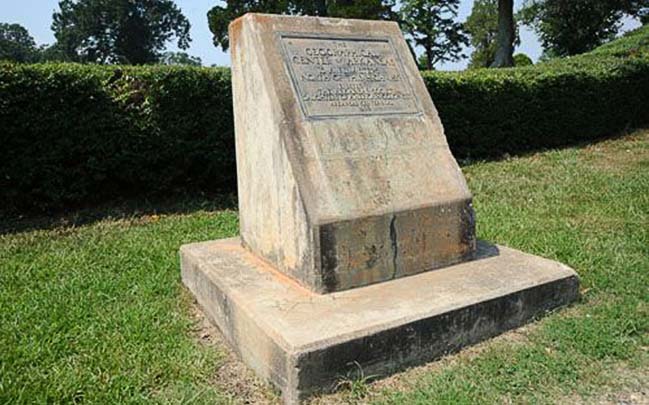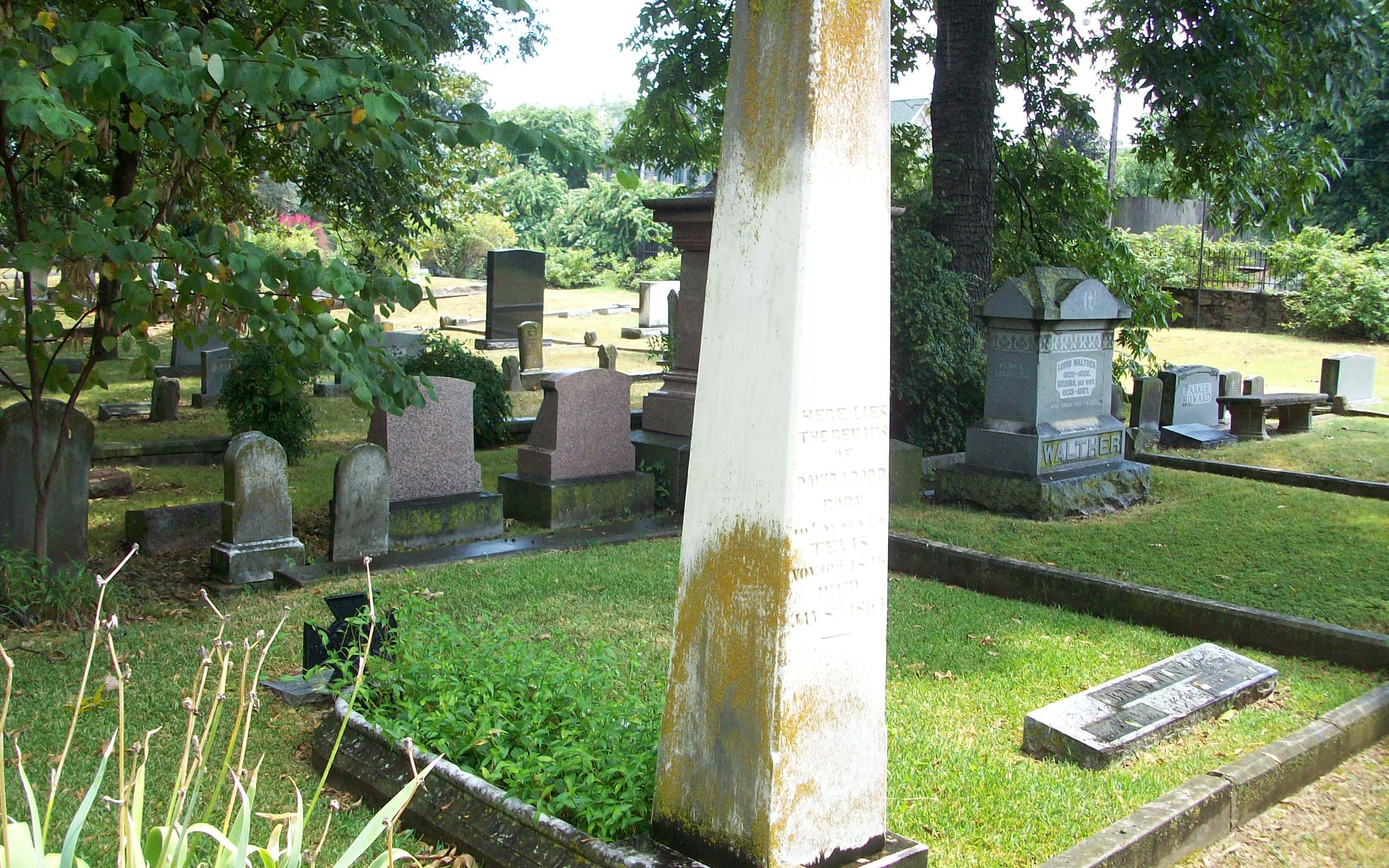The tale of Major Ezra Owen and Collegeville
March 18-24, 2019
By Cody Berry
In honor of the bicentennial of Arkansas
Territory this month, I thought about Territorial Saline County. Having already written about the Lockhart family and Saline Crossing in my Trail of Tears story, I decided to cover another story that occurred during that period – the founding of Collegeville in present-day Bryant.
Collegeville is the oldest unincorporated community in Saline County. It’s located almost exactly in the Geographical Center of Arkansas. It’s founder, Major Ezra Owen, led a group of planters there in 1824. Owen was born in Halifax County, Virginia on March 17, 1770. He later served with distinction in the Illinois Rangers during the War of 1812.
During the subsequent Indian Wars, Owen was awarded the rank of major while fighting in Kentucky, supposedly with frontier legend Daniel Boone. On July 16, 1793, Major Owen married Lydia Vance. On March 2, 1819, Arkansas Territory was created by Congress and soon it was apparent that a new capital was needed.
Major Owen believed that the new capital and the state’s first college should be in the Geographical Center of Arkansas, so he purchased land there near what was then Dogwood Springs. Owen and his followers arrived there sometime between 1823 and 1825, too late to win the honor of state capital as Little Rock was chosen in 1821. In 1825, at least 12 families had “removed to Collegeville from Lawrence County, Arkansas.” From there those families moved to what is now Kentucky Township as most of them were originally from Kentucky.
On October 5, 1831, the Arkansas Gazette announced that Major Owen was elected door-keeper of the Territorial Legislature in Little Rock. Major Owen held that position from then until 1835. Reportedly, he and his followers believed in having the first State University there so much that the name of their settlement was changed from Dogwood Springs to Collegeville in 1835.
A year before that in 1834, Cane Hill School, which eventually became the University of the Ozarks, was founded as the State’s first private college. Major Owen was ahead of his time in thinking that a state college was needed in 1824. For example, what is now the University of Arkansas in Fayetteville was founded in 1871, but there were colleges like Southland in Helena before then.
By 1840, Owen Township (Collegeville) boasted a population of 481 altogether, 398 free whites and 83 slaves. Major Ezra and his wife had several children including a daughter, Lydia Echols Owen, who married a man named Andrew Marion Dodd on April 27, 1843. In 1846, Major Owen and the Dodds moved to Lavaca County, Texas to take advantage of newly opened territory there. On November 10, 1846, Andrew and Lydia Dodd welcomed their son David Owen Dodd into the family.
Major Ezra Owen died in Texas on December 11, 1859 at the age of 89. Today, he and his wife are buried at Hebron Cemetery in Terryville, Texas. At some point, the Dodds moved back to Arkansas before the Civil War broke out in 1861. By 1863, Little Rock had fallen under Union control and Col. Henry C. Caldwell had occupied the Shoppach House in Benton. That winter, a young David O. Dodd, grandson of Major Ezra Owen, was sent to Little Rock by his father. Confederate General James Fagan had issued the boy’s pass. After reaching what is now West Little Rock, Dodd was stopped by Union soldiers who discovered that he not only had his papers but also a page with lots of dots and dashes written on it. The message supposedly contained exact information about Union troops in Little Rock. Dodd knew Morse Code.
Believing the boy to be a Confederate spy, young Dodd was arrested and convicted by a court-martial in Little Rock. He was hanged on January 8, 1864 on the grounds of St. John’s School near the Little Rock Arsenal. Over time, Dodd became a symbol of northern aggression towards the South and was labeled the “Boy Martyr of the Confederacy.” In fact, the Shoppach House in Benton, which was the home of Confederate Captain James H. Shoppach before the Union Army came to Saline County in 1863, now houses a photograph of Dodd.
A small skirmish happened near Collegeville at Hurricane Creek on October 23, 1864 after Dodd was executed. The community of Bryant Township split off from Owen Township (Collegeville) in 1878, when the Bryant Train Depot opened. In 1892, Bryant became an incorporated town and over the years Collegeville was swallowed-up by Bryant’s city limits.
Today, Collegeville Elementary is named in honor of Major Owen’s settlement and Collegeville Cemetery in Alexander also carries the name. Highway 5 on the Old Stagecoach Road runs through the heart of Collegeville. On April 12, 1936, as part of the state’s first centennial celebration, the Daughters of American Colonists and the State Department of Transportation had a marker placed fifteen miles from Little Rock alongside Pinecrest Memorial Park on Highway 5 to mark the Geographic Center of Arkansas and the reason why Major Ezra Owen founded Collegeville.
Sources: Arkansas Gazette, Encyclopedia of Arkansas History and Culture, Goodspeed Biographical and Historical Memoirs of Central Arkansas, 1889
(Photos courtesy of Arkansas Department of Parks and Tourism)




